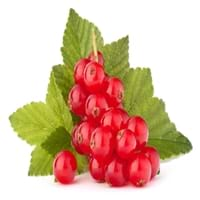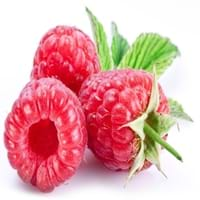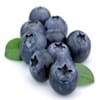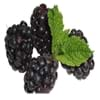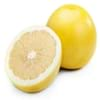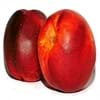Health Benefits
Cancer prevention, Gout treatment, Heart care, Regulation of heart rate, Treatment of rheumatism
Cancer prevention, Heart care, Prevents macular degeneration, Reduces blood circulation problems
General Benefits
Anti oxidant properties, Controls blood pressure, Cures fever, Digestive aid, Healing of wounds, Helps in weight loss, Strengthens bones
Anti-inflammatory properties, Controls blood sugar levels, Digestive aid, Eye care, Helps in weight loss
Skin Benefits
Brightens and lightens complexion, Reduces wrinkles, Treatment of acne
Anti-aging benefits, Brightens and lightens complexion
Hair Benefits
Protects hair
Acts as moisturizer, Regulates hair growth, Shiny hair
Allergy Symptoms
Abnormally rapid heart rate, Anaphylaxis, Breathing difficulty, Hives, Itching, Swallowing difficulties
Breathing difficulty, Eczema, Hives, Itching, Nasal congestion, Runny nose, Sneezing, Watery eyes, Wheezing
Side Effects
Possibly unsafe during pregnancy
Allergic reaction
Best Time to Eat
Best if taken as a breakfast (or empty stomach), As a snack in the late afternoon, Don't eat after meal, Morning time (before lunch)
Best if taken as a breakfast (or empty stomach), As a snack in the late afternoon, Don't eat after meal, Morning time (before lunch)
Vitamin B5 (Pantothenic Acid)
Vitamin C (Ascorbic Acid)
Vitamin K (Phyllochinone)
Calories in Fresh Fruit with Peel
Calories in Fresh Fruit without Peel
Not Available
Not Available
Calories in Frozen Form
Not Available
Calories in Canned Form
Not Available
Varieties
Rovada, Stanza, Red Lake, Junifer and Jonkheer van Tets
Amity, August Red, Boyne, Canby, Caroline, Comet, Dinkum, Dorman Red, Latham, Meeker, Black Hawk, Hayda, Lauren, Meeker and Latham
Color
Red
Black, Purple, Red, Yellow
Origin
Europe
Europe, North Asia
Soil Type
Moist, Well-drained
Sandy loam
Climatic Conditions
Cold
Cold
Facts about
- The albino version of red currants known as white currants, are often sold as different fruit.
- Red currant tea is healthy substitute for coffee.
- There are more than 150 varieties of red currants.
- There are more than 200 varieties of raspberries.
- In USA, 90% of the raspberries are grown in Washington, California and Oregon.
- They do not ripe after they are picked.
- A raspberry contain 100 to 120 seeds.
Top Producer
Russia
Russia
Other Countries
Belgium, France, Germany, Ireland, Italy, Netherlands, Poland, Portugal, Scotland, Spain, Sweden, United Kingdom
Azerbaijan, Canada, Mexico, Poland, Serbia, Spain, Ukraine, United Kingdom, United States of America
Top Importer
Germany
United States of America
Top Exporter
Russia
Poland
Botanical Name
Ribes rubrum
Rubus Idaeus
Synonym
Not Available
Not Available
Subkingdom
Tracheobionta
Tracheobionta
Division
Magnoliophyta
Magnoliophyta
Class
Magnoliopsida
Magnoliopsida
Order
Saxifragales
Rosales
Family
Grossulariaceae
Rosaceae
Species
R. rubrum
R. idaeus
Generic Group
Saxifrage
Rose
Difference Between Red Currant and Raspberry
We might think that Red Currant and Raspberry are similar with respect to nutritional value and health benefits. But the nutrient content of both fruits is different. Red Currant and Raspberry Facts such as their taste, shape, color, and size are also distinct. The difference between Red Currant and Raspberry is explained here.
The amount of calories in 100 gm of fresh Red Currant and Raspberry with peel is 56.00 kcal and 53.00 kcal and the amount of calories without peel is Not Available and Not Available respectively. Thus, Red Currant and Raspberry belong to Low Calorie Fruits and Low Calorie Fruits category.These fruits might or might not differ with respect to their scientific classification. The order of Red Currant and Raspberry is Saxifragales and Rosales respectively. Red Currant belongs to Grossulariaceae family and Raspberry belongs to Rosaceae family. Red Currant belongs to Ribes genus of R. rubrum species and Raspberry belongs to Rubus genus of R. idaeus species. Beings plants, both fruits belong to Plantae Kingdom.
